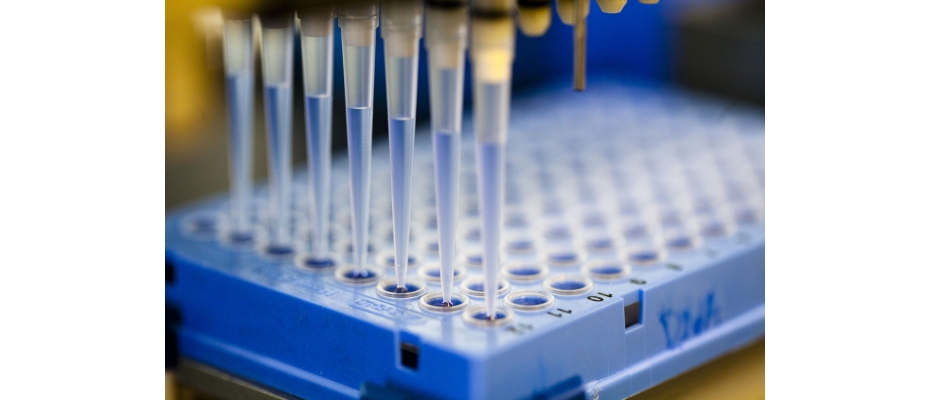
On Thursday January 24th international experts will explain the latest cutting-edge approaches in the rare disease field at a press conference to celebrate the launch of 38 million EUR of funding.
This is an opportunity to meet the scientists, clinicians, patient representatives and policymakers involved in driving the advances in rare disease research and find out about the key collaborations being established through a new global initiative. Leaders in the field will explain how research and next-generation technologies aim to improve diagnosis and develop new therapies for patients with rare diseases. The press conference and Q&A will be followed by an exclusive tour of Camp Nou.
The International Rare Diseases Research Consortium (IRDiRC) was launched in April 2011 to foster international collaboration in rare disease research, a highly challenging area of medical research that has the potential to benefit tremendously from the recent advances in genomics, proteomics and other omics technologies. 80% of rare diseases have a genetic component, and despite their individual rarity, they are collectively so numerous that they affect as many as 1 person in every 17. IRDiRC has set itself the bold aims of delivering 200 new rare disease therapies and diagnosis for all rare diseases by the year 2020. Spearheaded by the European Union and the United States National Institutes of Health, the IRDiRC now numbers 29 members across the world.
Four of the European Union’s flagship IRDiRC projects are being launched in Barcelona this January, providing 38 million EUR of funding for cutting-edge research and collaboration over the next six years. By increasing diagnosis rates, enabling global cooperation and putting new potential therapies into the drug development pipeline, these projects will help ensure tangible benefits for patients with these historically neglected conditions are seen by 2020.For further information please contact amborrell@pcb.ub.cat










